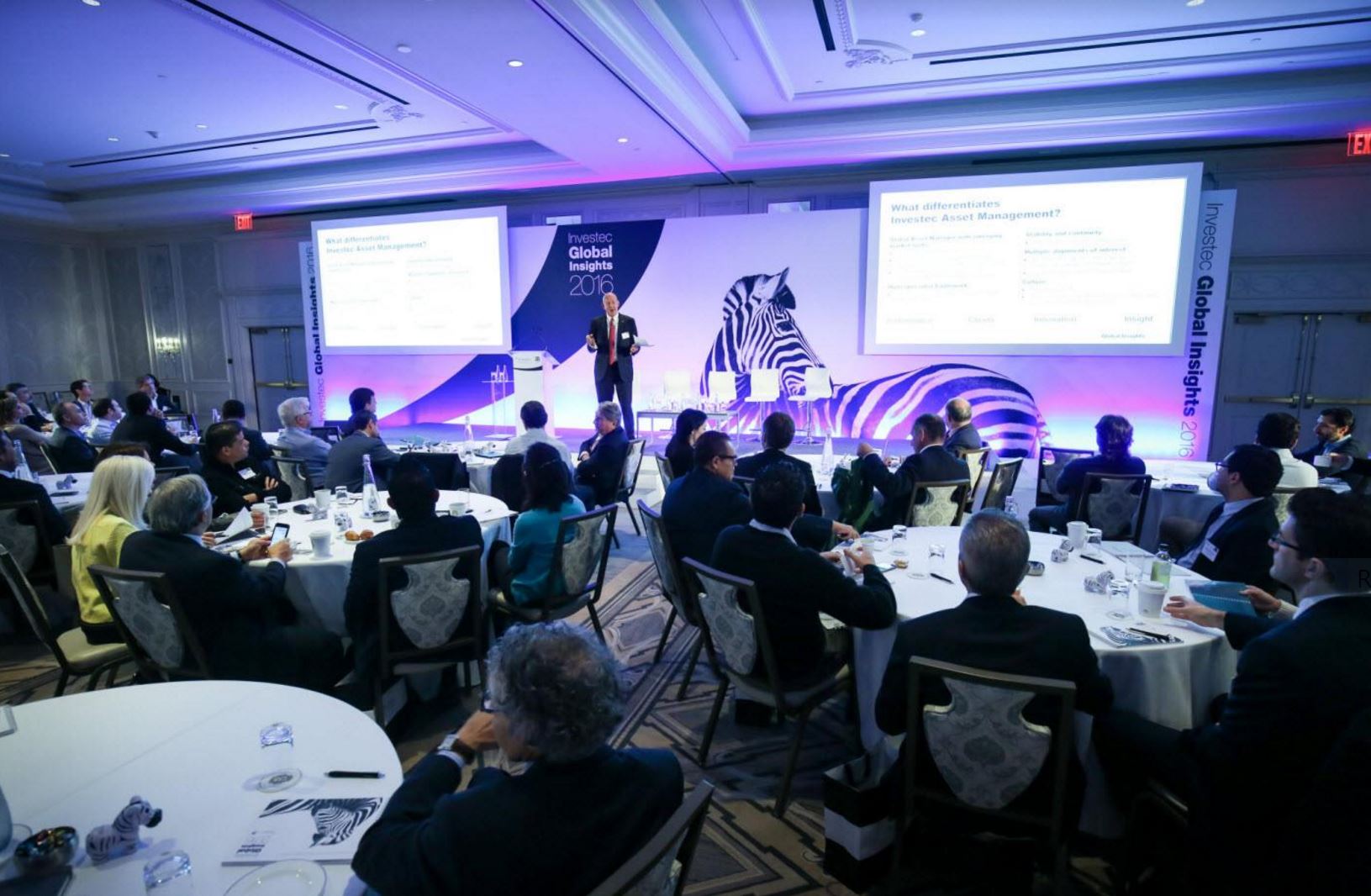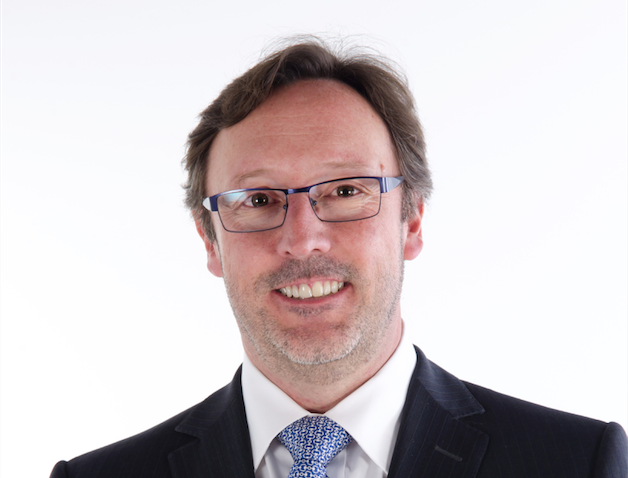Investec: “We are Entering an Interesting, but also Potentially Dangerous, Moment in History”
| By Fórmate a Fondo | 0 Comentarios

This month, for the ninth consecutive year, Investec held its annual conference which brought together 150 delegates from the Americas, Europe and Asia. The location chosen for this year’s event was the InterContinental Hotel in New York, where the attendees were able to listen to presentations of the company’s star managers (photos of the event).
Up to 14 portfolio managers gave their vision on different assets. Michael Power, the firm’s strategist, Philip Saunders, co-Head of Multi-Asset Growth, John Stopford, Head of Multi-Asset Income, or the award-winning Ken Hsia, European Equity Portfolio Manager and member of Investec’s Global 4Factor Equity team, were part of the speakers list.
“The reason why we organize this event every year is because we want to offer our clients in the buy-side a vision very close to the markets of what is happening around the world. They need answers, and the professionals who are part of the Investec team can help them find them,” said Richard Garland, Managing Director of Global Advisory.
“In this conference, we also create a network of advisors who can help each other globally,” he said referring to the delegates. He also stated that because market leadership has changed significantly over the past 12 months, it is important to take stock and consider where opportunities exist.
“At Investec, we are convinced that investment power is moving from institutions to individuals, and that is why we are refocusing our business to make sure we are a solid global advisory firm,” Garland explained.
Investec, which in October of this year had US$115bn in assets under management, has 44% of the total invested in equities, 21% in multi-assets, 31% in fixed income and 4% in alternative investments.
For Investec’s Managing Director, this year, multi-assets have been the star of the portfolios. “They are becoming increasingly important because they offer our clients solutions; it is all about ‘income’. And that’s the reason this product is booming and that it’s going to stay that way for a while,” he said.
“As investors, we face many challenges. We cannot follow the indexes, we are active managers. But fees are under pressure. We see this in Europe, in the UK and in other places. What are we going to do? At Investec we have strategies with a high ‘active share’ that can give the portfolios an added element to beat the market,” added Garland, mentioning one of the most debated points in the industry.
A Changing World
In this regard, John Stopford, recommended adjusting portfolios, managing actively but also “being prepared for things that can go wrong.” For Philip Saunders, the world of investment has changed, partly due to the fact that the economy has been dominated by politics for too long.
And we always think that the West is the safest place to keep money, but in the last 18 months we have seen the risks grow, and it doesn’t seem as if that trend is going to change. “The Western world has turned its back on globalization. We are entering an interesting, but also potentially dangerous, moment in history. And not just for political reasons, but also on the economic side,” Michel Power observed.
“The companies we invest in have moved their production capacity to the East, and I believe that in the coming years we will see a lot of money going in that direction,” the company’s strategist advised.
Ken Hsia’s was perhaps the most positive of the presentations. And that’s because European equity is starting to experience improvements in line with the data of the region. “I’m less worried now. We see evidence of recovery in Europe. The strength may not be currently very good, but there are indicators that point out that the region is heading in the right direction and is improving,” he said.











